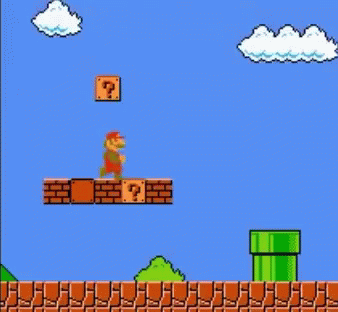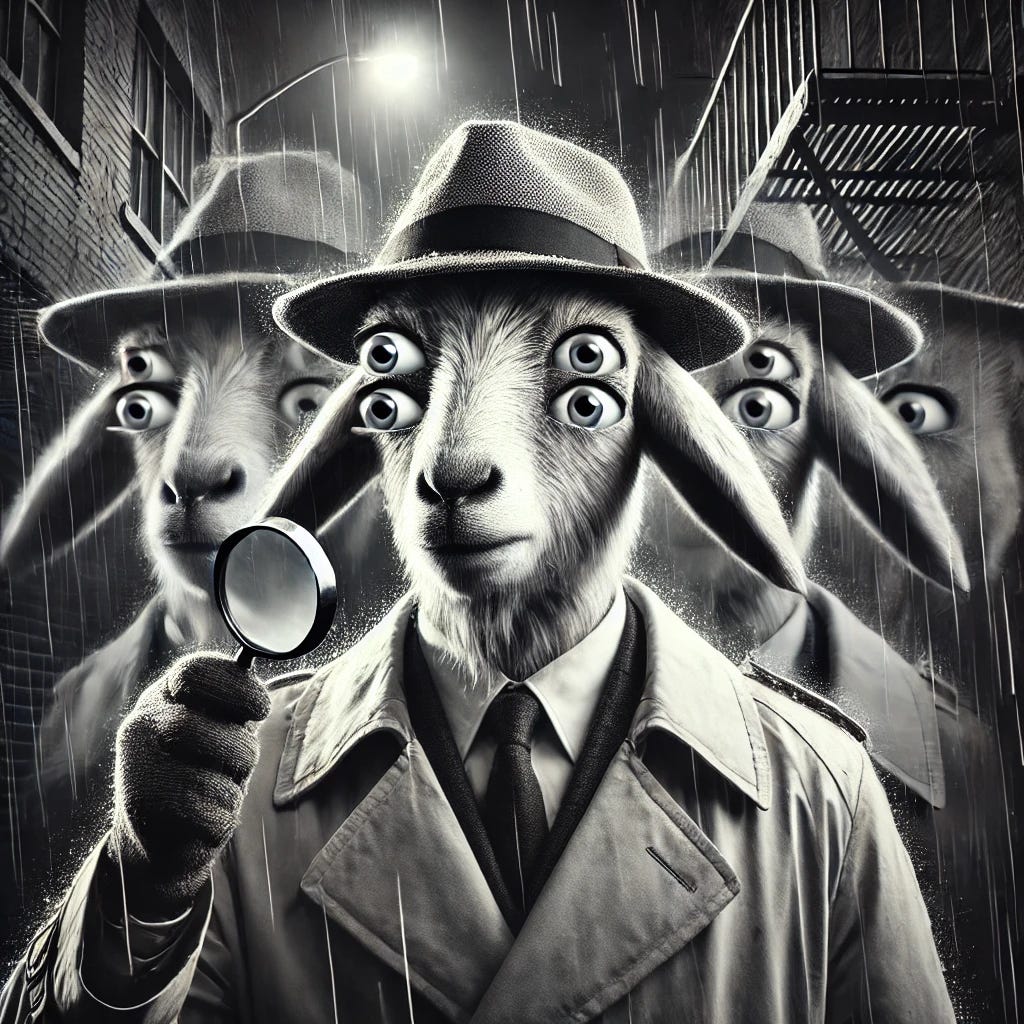While reading this sentence, your eyes are scrolling from one side of the screen to the other, left to right. Then, you go back to the other side, then steadily scroll across the screen again, picking up information all along the way.
Reading is just like a side-scrolling video game, with your eyes smoothly going from left to right.
That’s not at all what’s really happening, but it definitely seems this way. Instead, your eye fixates on something, and then you jump over to the next thing. If you’re reading a paragraph, it’s more like glancing at one snapshot of words, then another, and so on.
Does it still feel pretty smooth, or can you notice those little jumps?
Your brain is very good at covering up the jerkiness, so it might still seem smooth, even if you know it’s not. In fact, our brains are constantly twisting reality into something we can use.
Fortunately or unfortunately, seeing is believing. Our brain autocorrects what we see all the time, smoothing over the leaps from one spot to the next in the same way that reality seems like it’s smooth all over, but it’s really not.
The word we’ve chosen to describe these eyeball jumps is saccades. Saccade traces back to Italian, where the word sacare meant to jerk or to yank sharply. Sacare came from a word called sacco, which means the same thing as the English word sack, as in a giant burlap bag.
You’re thinking: sack? Eyeball jumps? Huh?
I hear you, but think about when you pick up a sack really quickly, and it kind of jerks around to catch up with your hand. That’s the idea behind saccades.
When we do these jumps, our brain suppresses our ability to see that jump. We’re quasi-blind for that ultra-short period of time where our eyeball is in motion and not focusing.
I seem to write a lot about the nature of reality and our perception of it. What I want to say is that the world is a great deal more complex, nuanced, and beautiful than it might seem at first. It’s worth exploring and trying to figure out, and that’s what I’m here for—to share that sense of wonder with you.
Our understanding of the world, by contrast, is hamstrung by so many limitations. We are only just beginning to understand how anything works, but we’re often very sure we know what’s going on, largely thanks to things like our brain’s ability to overwrite what we’re seeing during a saccade, for instance. We’re confident we’re right, because seeing is believing.
We don’t really see what we think we see, though.






Saccades are even more pronounced when you view moving images. The presentation choices made by film directors and editors always impact on how the images are seen and interpreted.
"Saccades" explains why I'm terrible at editing (especially my own work): My eyes "jump" over the mistakes and correct them without my brain letting me register. Maybe this is why I prefer to have text-to-voice read to me as I read along with my eyes. I can hear the errors, which in turn helps me see them.
Is this the same as our brain being able to decipher words that have the letters jumbled?